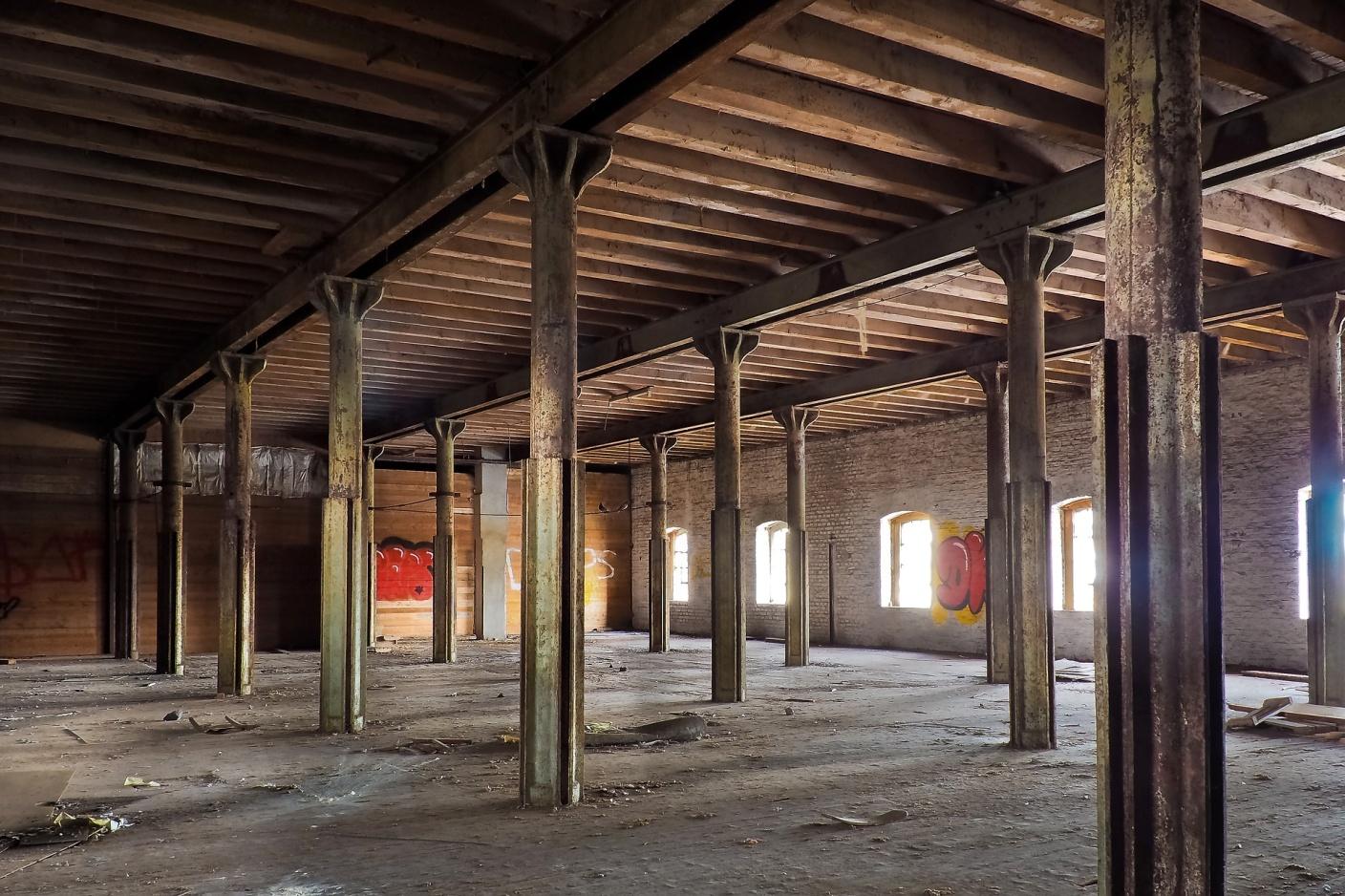Old oak undoubtedly has a lot of appeal, and the timeless look of old oak can definitely contribute to the character of your home or building. But old oak beams can exhibit signs of decay over time, and what may have once been in the best form can also become affected by certain conditions that require the necessary treatment.

There are two common reasons why old oak beams need treatment, and one would be because of cosmetic enhancement or improvement, and another would be because of renovation. For instance, whilst most of us today appreciate the rustic look of oak, this wasn’t always the case, and attempts at ‘modernising’ old oak beams resulted in oak beams that were painted. The problem is also exacerbated when the paint used contained lead, and this was often the case with paint manufactured prior to 1978. Old oak beams can also have problems related to the infestation of insects or damp, which is common in buildings that haven’t been properly maintained or which have been abandoned or left empty. The good news, though, is that treatment and renovation for oak beams are readily available nowadays, so here’s everything you should know about treating and restoring your oak beams for your property.
The most common reasons why oak beams are renovated
As already mentioned, oak beams may need renovation due to damp buildup or the infestation of pests or insects. When it comes to damp, oak beams that have had prolonged exposure to moisture can blacken. Another reason for renovation would be the treatment or application of linseed oil on the oak beams, which can leave sticky or gummy deposits prone to trapping dirt and dust. But whether you are planning to simply make your old oak beams look better or you have to treat them due to a more serious underlying condition, the result will be more than worth it.
Fungus on your old oak beams is proof of a damp issue, and the growth of fungi can still happen even with old and dry oak. What you can do is locate the source of the damp issue and fill this if the wood isn’t rotten. With this, natural drying is often best. But if there is extensive rot, you may need to replace the beam. Although a new addition can be quite obvious at the beginning, you don’t have to stain the new beam because within around a year, the new beam will start to dry and will then take on the hue of the old beams.
How you can clean your old oak beams
You can choose to clean your old oak beams yourself, although this will take some time and effort. But if you have time and the know-how, you can do a bit of restoration and cleaning yourself. For one, you can brush the oak beam using a soft brush so you can remove loose dirt and dust. Avoid using a wire brush because this will end up making the surface rougher and damage the timber’s appearance.
Alternatively, you can rely on an oak beam renovation service, such as Bespoke Beams, so they can take care of restoring your old oak beams for you and you don’t have to worry about further damaging the beams yourself – what’s more, you can have beautifully restored and renovated oak beams in no time.
Leave a Reply